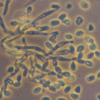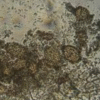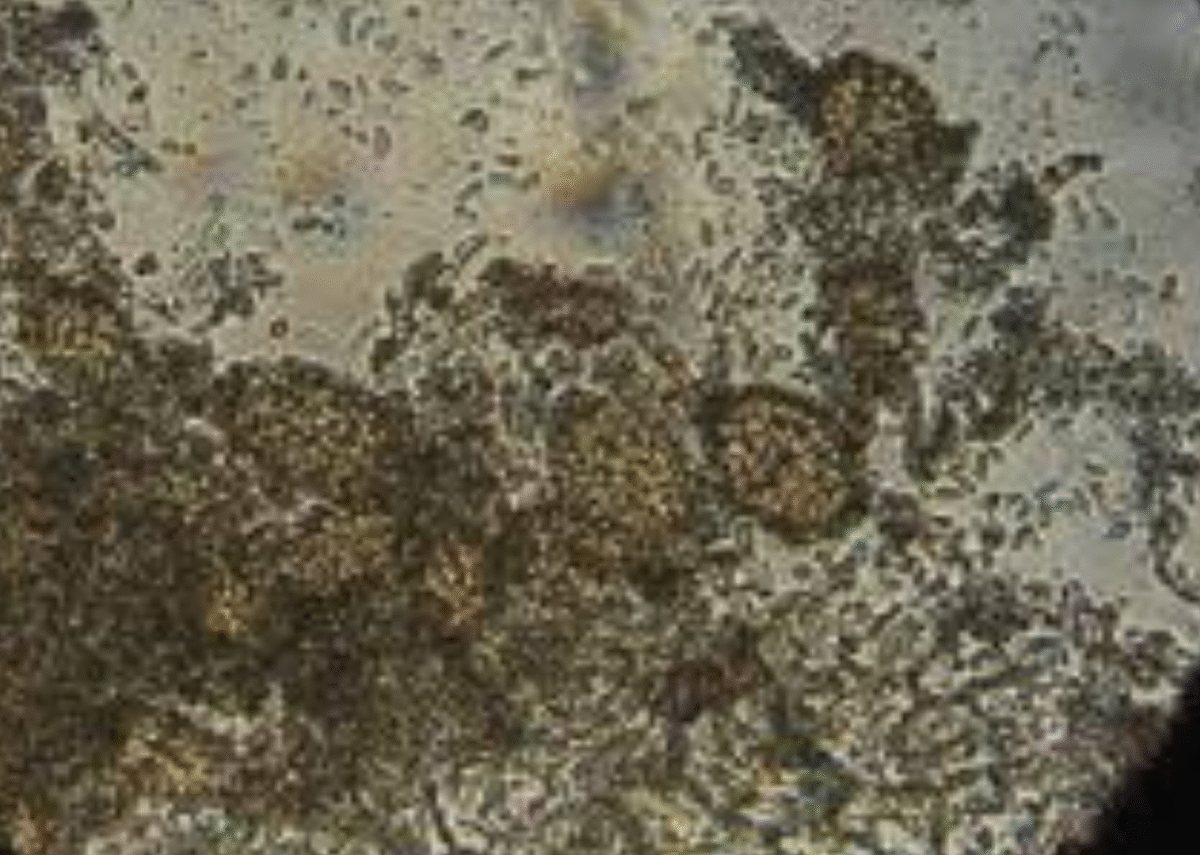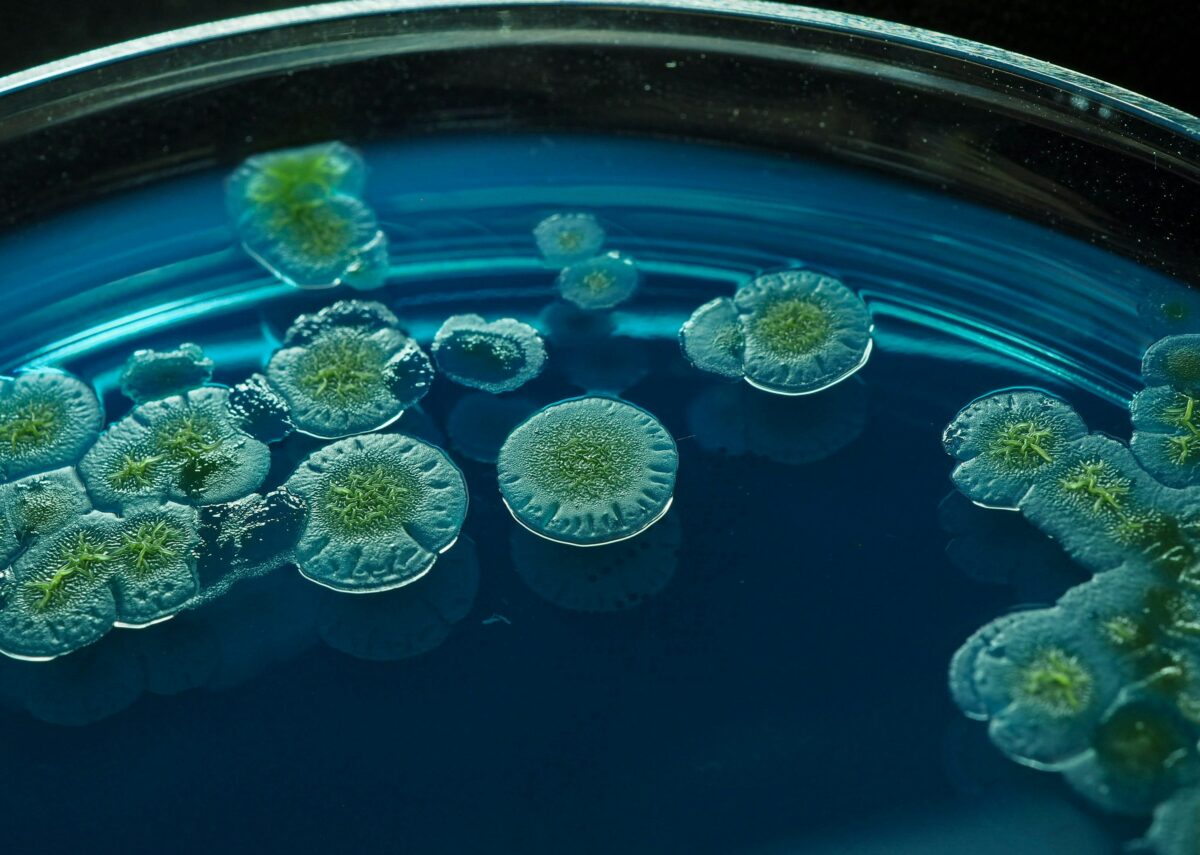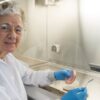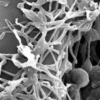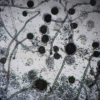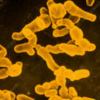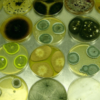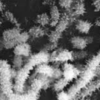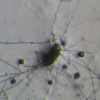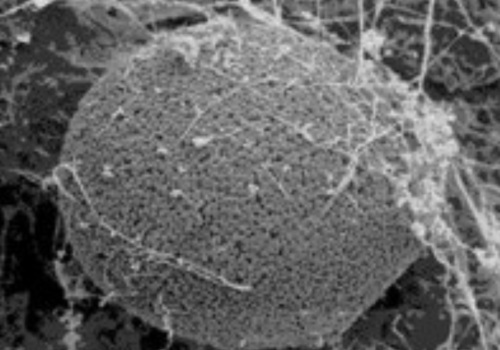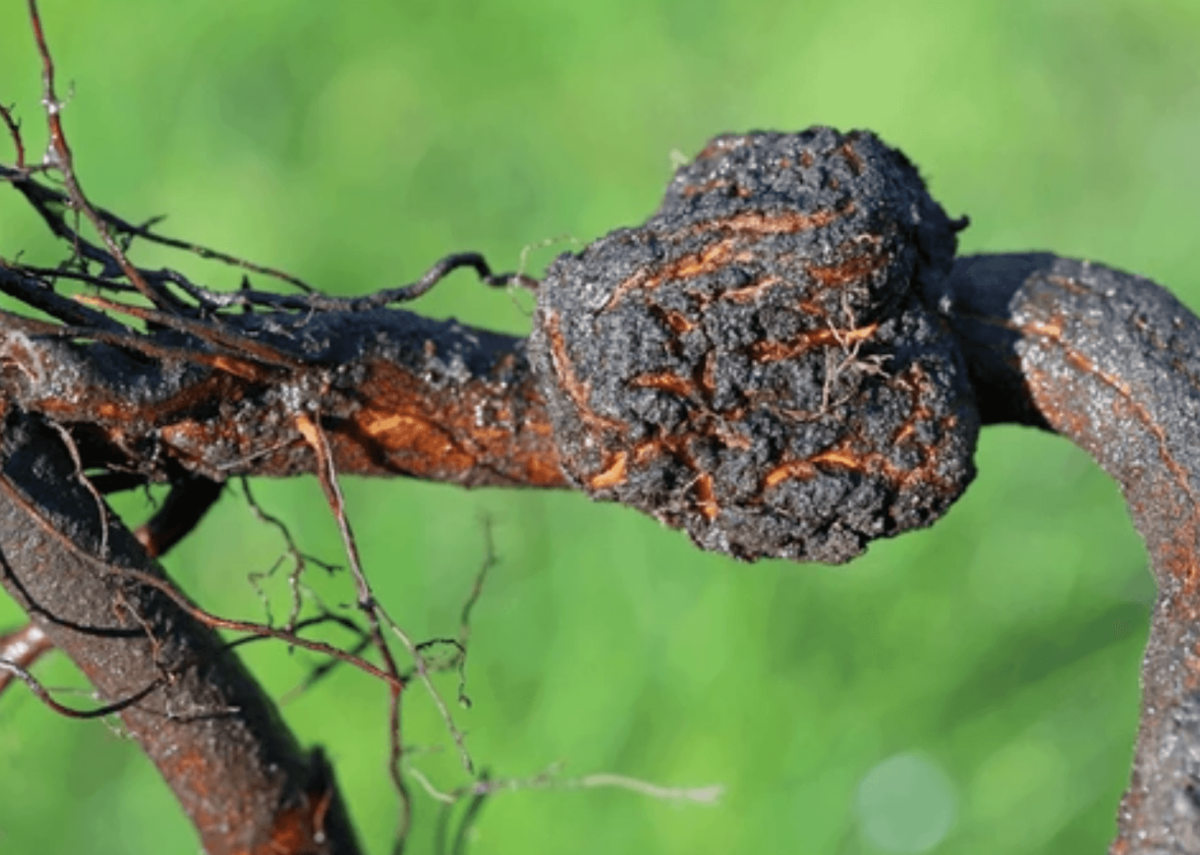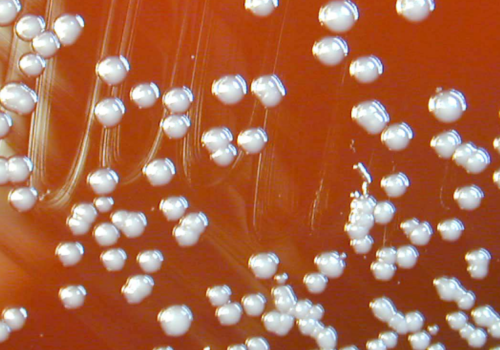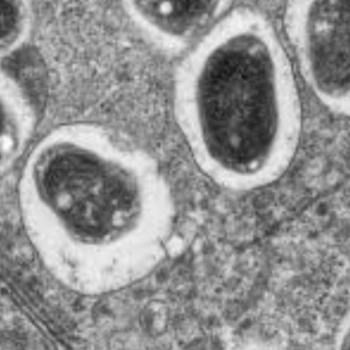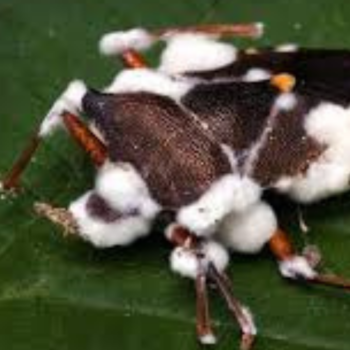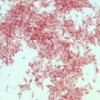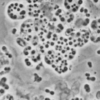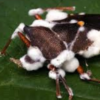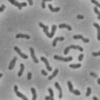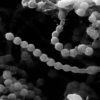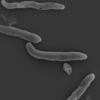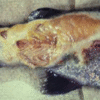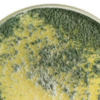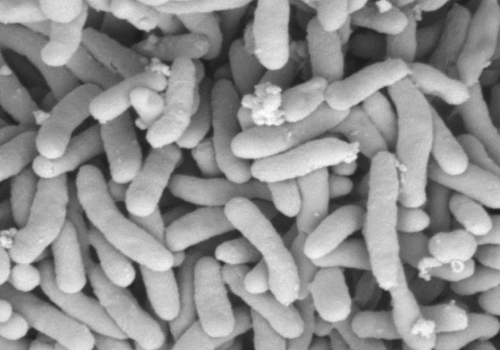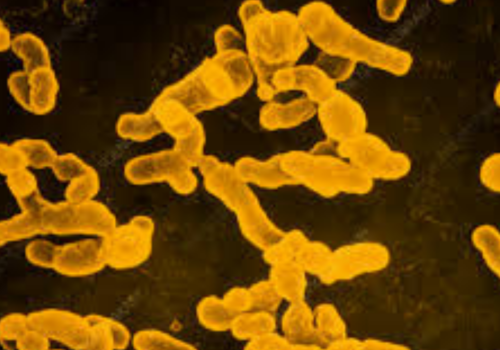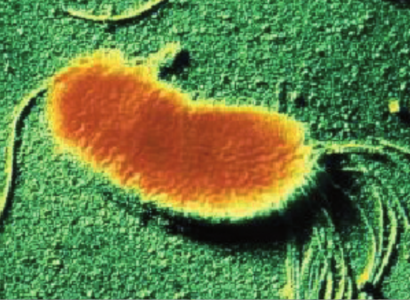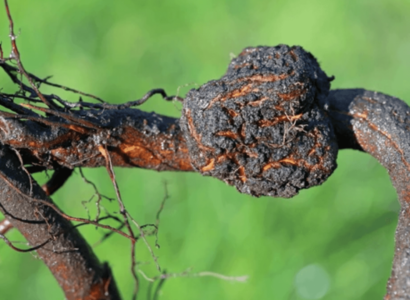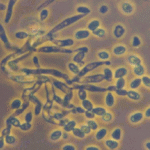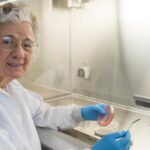A pioneering expert in microbiological innovation, she specializes in applied and environmental microbiology, electromicrobiology, geomicrobiology, bioremediation, and synthetic biology. Her work advances sustainable solutions across ecosystems and industries, harnessing microbial processes to address pressing challenges in environmental health, energy, and biotechnology.
American environmental microbiologist and scientific administrator, known for her research on global infectious diseases, water, and health, and for her pioneering work as the first female director of the National Science Foundation (NSF).
Widely recognized as the pioneer of Green Microbiology, she integrates science and sustainability to champion eco-innovative microbial solutions—advancing health, transforming industries, and driving global environmental progress.
Overview of the Microbe Metarhizium anisopliae is a globally distributed, filamentous, asexual, soil-dwelling fungus classified under the family Clavicipitaceae, order Hypocreales [1]. First described by...
Overview of the Microbe Lecanicillium longisporum, formerly classified under Verticillium lecanii, is a globally distributed, filamentous entomopathogenic fungus in the order Hypocreales and family Cordycipitaceae...
A pioneering industrial microbiologist who bridges food science and sustainability. Renowned for work in food safety, she develops innovative solutions for sustainable food systems, industrial practices, and microbial research.
Overview of the Microbe Klebsiella pneumoniae is a Gram-negative, facultative anaerobic, rod-shaped bacterium belonging to the Enterobacteriaceae family. It is best known as an opportunistic...
Overview of the Microbe Herbaspirillum seropedicae is a nitrogen-fixing, β-proteobacterial endophyte belonging to the family Oxalobacteraceae. Initially described as Pseudomonas rubrisubalbicans by Leifson in 1962...
Overview of the Microbe Gluconacetobacter diazotrophicus (formerly Acetobacter diazotrophicus) is a Gram-negative, strictly aerobic, non-spore-forming, rod-shaped bacterium belonging to the family Acetobacteraceae within Alphaproteobacteria. It...
Overview of the Microbe Rhizobium leguminosarum is a Gram‑negative, non‑spore‑forming soil bacterium in the family Rhizobiaceae that nodulates a broad range of legumes, including peas,...
Overview of the Microbe Penicillium bilaiae (often spelled P. bilaii) is a filamentous soil fungus in the genus Penicillium, an ascomycete group known for its...
Bacillus subtilis is a robust, Gram-positive bacterium widely recognized for its adaptability and efficiency in various environments.
Bacillus subtilis is a robust, Gram-positive bacterium widely recognized for its adaptability and efficiency in various environments.
Overview of the Microbe Burkholderia cepacia belongs to the Burkholderia cepacia complex (Bcc), a group of at least 20 closely related Gram‑negative, catalase‑positive, lactose‑nonfermenting species within...
Overview of the Microbe Pochonia chlamydosporia is an ascomycete fungus (Hypocreales: Clavicipitaceae) formerly known as Verticillium chlamydosporium[1]. First identified in the 1970s as a natural...
Agrobacterium radiobacter is a rod‑shaped, motile, Gram‑negative bacterium widely distributed in soil and the root microbiome of dicotyledonous plants
Overview of the Microbe Coniothyrium minitans, also known by the synonym Paraphaeosphaeria minitans, is an ascomycete fungus in the family Didymosphaeriaceae [1]. This obligate mycoparasite...
Overview of the Microbe Burkholderia vietnamiensis is a Gram‑negative, rod‑shaped bacterium first described by Gillis and colleagues in 1995 as part of the Burkholderia cepacia complex[1]. Unlike...
Bacillus subtilis is a robust, Gram-positive bacterium widely recognized for its adaptability and efficiency in various environments.
Overview of the Microbe Beauveria bassiana (Balsamo) Vuillemin is an anamorphic ascomycete belonging to the family Cordycipitaceae, order Hypocreales, and is ubiquitously present in soil...
Overview of the Microbe Rhizobium leguminosarum is a Gram‑negative, non‑spore‑forming soil bacterium in the family Rhizobiaceae that nodulates a broad range of legumes, including peas,...
Overview of the Microbe Pseudomonas putida KT2440 is a non‑spore‑forming, motile, Gram‑negative bacterium isolated from soil and rhizosphere environments[1]. It harbors a ~6.18 Mbp circular chromosome...
Bacillus subtilis is a robust, Gram-positive bacterium widely recognized for its adaptability and efficiency in various environments.
Overview of the Microbe Pseudomonas aeruginosa is a Gram‑negative, aerobic, non‑spore‑forming rod that thrives in diverse environments and causes opportunistic infections in immunocompetent and immunocompromised...
Bacillus subtilis is a robust, Gram-positive bacterium widely recognized for its adaptability and efficiency in various environments.
Agrobacterium radiobacter is a rod‑shaped, motile, Gram‑negative bacterium widely distributed in soil and the root microbiome of dicotyledonous plants
Overview of the Microbe Azospirillum amazonense was first isolated from the Amazonian rice rhizosphere by Tarrand et al. (1991) and formally described by Reinhold-Hurek et...
Abstract Bacillus thuringiensis (Bt) has emerged as a cornerstone of sustainable pest management, celebrated as a “green” microbial insecticide in agriculture. This review provides a...
Date: December 1, 2025
Time: 9am WAT
Venue: Online
Date: July 8-10, 2026
Venue: Federal University of Technology, Akure, Nigeria
Date: December 1, 2025
Time: 9am WAT
Venue: Online
Overview of the Microbe Metarhizium anisopliae is a globally distributed, filamentous, asexual, soil-dwelling fungus classified under the family Clavicipitaceae, order Hypocreales [1]. First described by...
Bacillus subtilis is a robust, Gram-positive bacterium widely recognized for its adaptability and efficiency in various environments.
Overview of the Microbe Ampelomyces quisqualis is a filamentous fungus known as a mycoparasite, meaning it parasitizes other fungi. It was first described in the...
Abstract Bacillus thuringiensis (Bt) has emerged as a cornerstone of sustainable pest management, celebrated as a “green” microbial insecticide in agriculture. This review provides a...
Overview of the Microbe Metarhizium anisopliae is a globally distributed, filamentous, asexual, soil-dwelling fungus classified under the family Clavicipitaceae, order Hypocreales [1]. First described by...
Bacillus subtilis is a robust, Gram-positive bacterium widely recognized for its adaptability and efficiency in various environments.
Overview of the Microbe Ampelomyces quisqualis is a filamentous fungus known as a mycoparasite, meaning it parasitizes other fungi. It was first described in the...
Abstract Bacillus thuringiensis (Bt) has emerged as a cornerstone of sustainable pest management, celebrated as a “green” microbial insecticide in agriculture. This review provides a...
Get Inside the hustle.


